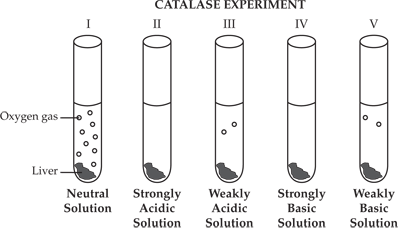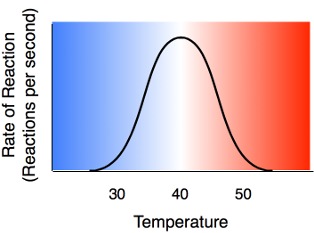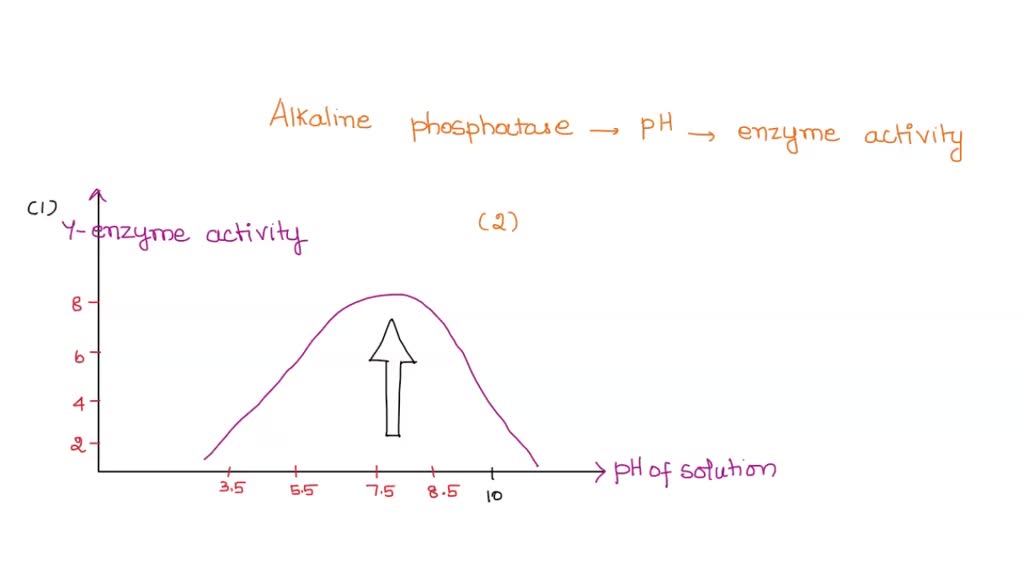An enzyme is a protein that catalyzes chemical reactions in living organisms. Enzymes play a crucial role in many biological processes, including digestion, metabolism, and cellular respiration. One important property of enzymes is their specificity, which means that each enzyme is specific to a particular substrate or set of substrates.
One common experiment used to study enzymes is the pH enzyme experiment, in which the effect of pH on enzyme activity is observed. The pH of a solution refers to the concentration of hydrogen ions present in the solution, and it can affect the charge and shape of enzymes, which can in turn affect their activity.
To conduct a pH enzyme experiment, a sample of the enzyme is placed in a solution at various pH levels, and the reaction rate is measured. The reaction rate can be measured using a variety of methods, such as monitoring the production of a product or the consumption of a substrate.
One example of a pH enzyme experiment is the effect of pH on the activity of the enzyme pepsin, which is found in the stomach and is responsible for breaking down proteins in food. Pepsin has an optimal pH of around 2, which is the pH of the stomach. If the pH of the solution is too low or too high, the activity of pepsin will decrease.
To conduct this experiment, a sample of pepsin is placed in a solution at various pH levels, and the reaction rate is measured by observing the breakdown of a protein substrate. The results of the experiment can be plotted on a graph, which will show the effect of pH on the activity of pepsin.
Another example of a pH enzyme experiment is the effect of pH on the activity of the enzyme lactase, which breaks down lactose (a sugar found in milk) into glucose and galactose. Lactase has an optimal pH of around 6.5. If the pH of the solution is too low or too high, the activity of lactase will decrease.
To conduct this experiment, a sample of lactase is placed in a solution at various pH levels, and the reaction rate is measured by observing the breakdown of lactose into glucose and galactose. The results of the experiment can be plotted on a graph, which will show the effect of pH on the activity of lactase.
In conclusion, the pH enzyme experiment is a useful tool for studying the effect of pH on enzyme activity. By measuring the reaction rate at different pH levels, researchers can determine the optimal pH for a particular enzyme and understand how changes in pH can affect enzyme activity.









